Prehistoric Paleolithic (40,000-10,000 B.C ) + Neolithic (8,000-3,000 B.C)
1/6
There's no tags or description
Looks like no tags are added yet.
Name | Mastery | Learn | Test | Matching | Spaced |
|---|
No study sessions yet.
7 Terms
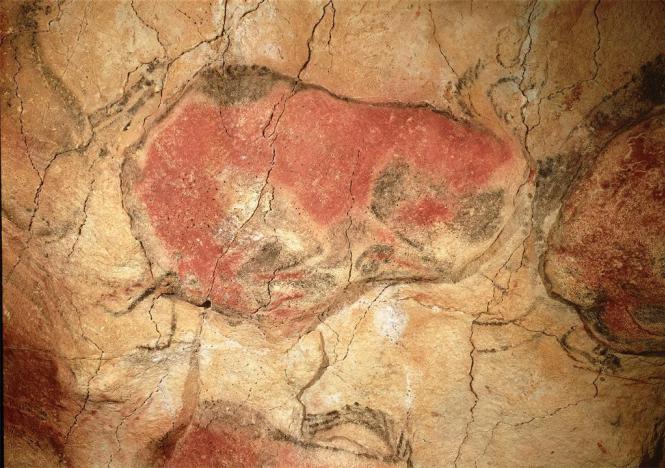
How were the Altamira cave paintings created, and what do they represent? (Paleolithic)
The Altamira paintings (c. 36,000–12,000 BCE) were made using natural pigments like red ochre, charcoal, and hematite. Artists applied paint by blowing through hollow bones, brushing with animal hair, and using the rock’s contours to give volume to the animals. The main subjects are bison, deer, and wild boar. They are believed to represent rituals for hunting magic, ensuring a successful hunt, or spiritual connections with the animal world.
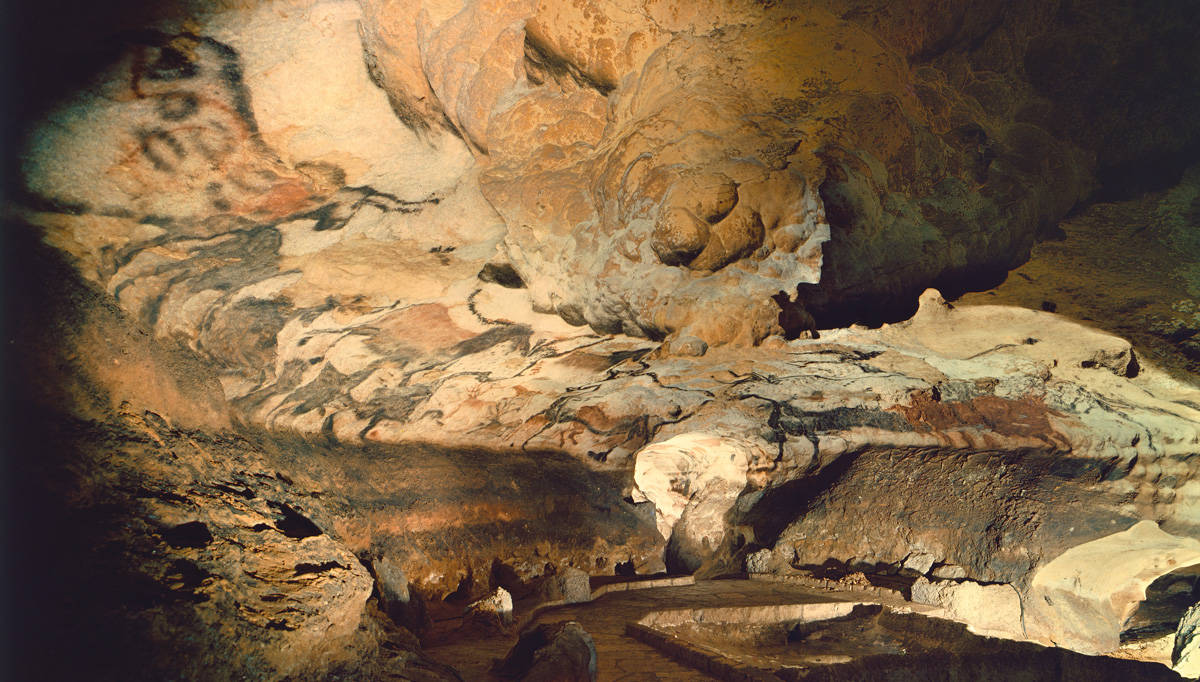
How were the Lascaux cave paintings created, and what do they represent? (Paleolithic)
Dated to c. 15,000–13,000 BCE, Lascaux contains over 600 painted and drawn animals. Artists used mineral pigments mixed with animal fat and applied them with brushes, moss pads, or by blowing pigment through hollow bones. The cave’s curving walls and ceilings were used to create a sense of movement. The paintings represent not only animals central to survival but also ritualistic or spiritual beliefs — possibly shamanic practices to control the hunt or honor animal spirits.
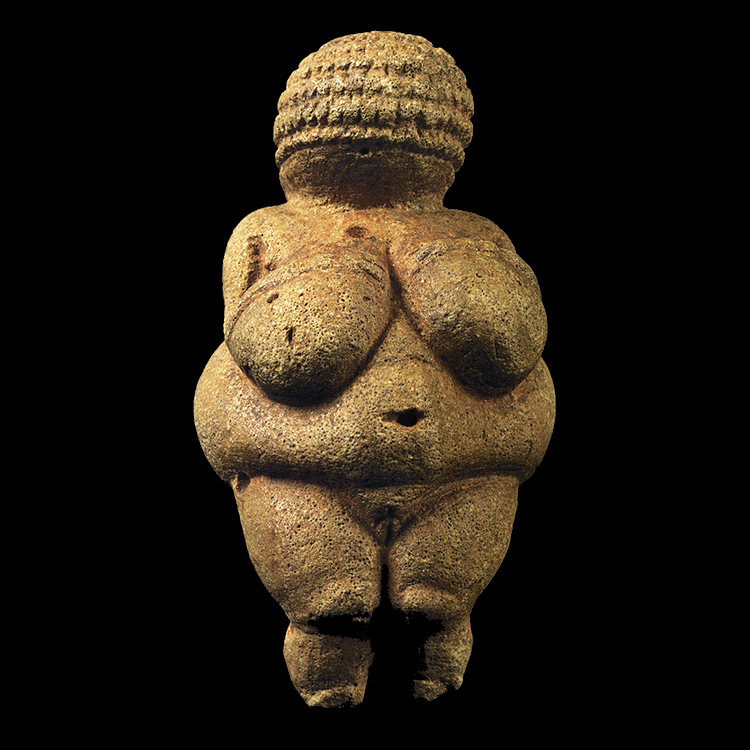
How was the Venus of Willendorf (Austria) made, and what is it believed to represent? (Paleolithic)
Carved around 28,000–25,000 BCE from limestone and colored with red ochre, this 4-inch figurine exaggerates female features such as large breasts, hips, and belly, while leaving the face undefined. It symbolizes fertility, abundance, and possibly mother goddess worship. Scholars believe it may have been carried as a talisman to ensure fertility, successful childbirth, or clan survival.
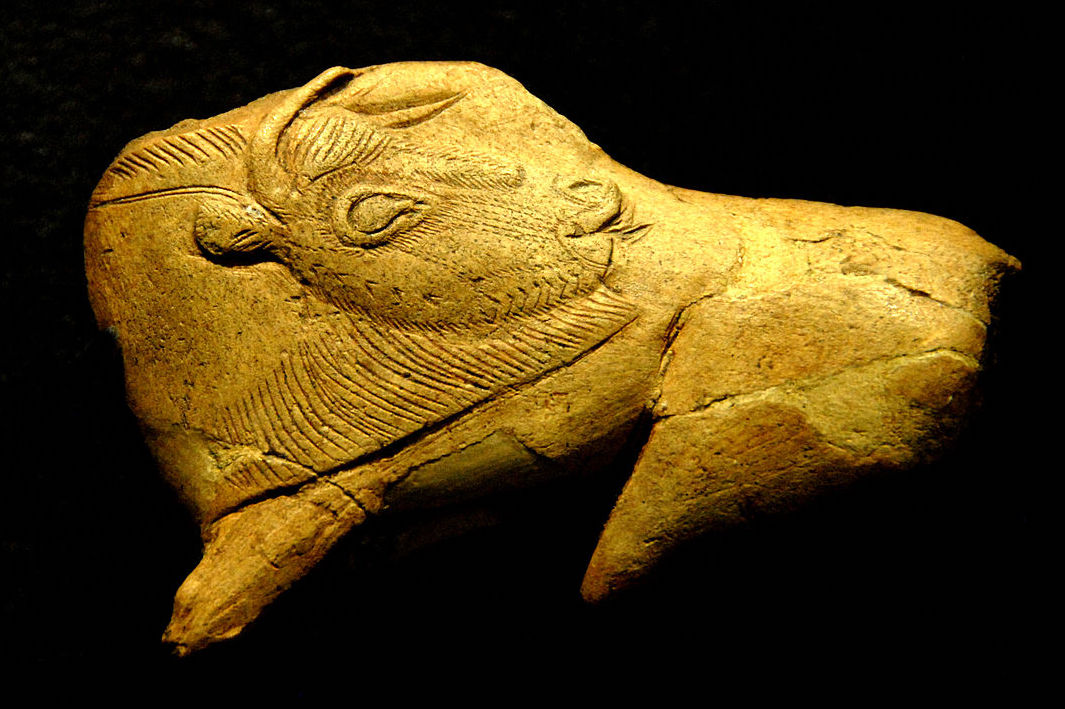
How was the Bison carving from La Madeleine (France) created, and what does it represent? (Paleolithic)
This small carving, dating to c. 12,000 BCE, was made from a fragment of reindeer antler. Using flint tools, the artist incised delicate lines to depict the bison’s fur and contours, showing remarkable attention to detail. The bison, an important food source, likely symbolized strength, survival, and reverence for animals. It reflects how Paleolithic people combined utility (a carved tool handle) with symbolic art.

How was the hunting scene rock art (Levant/Spain) created, and what does it represent? (Neolithic)
Painted around 6000–4000 BCE with natural pigments like ochre, these rock paintings show groups of hunters with bows and arrows pursuing animals such as deer. Figures are stylized, shown in active, rhythmic poses. This communal hunting depiction represents the shift from individual survival to collective action, highlighting social cooperation and the cultural importance of hunting as both survival and ritual practice.
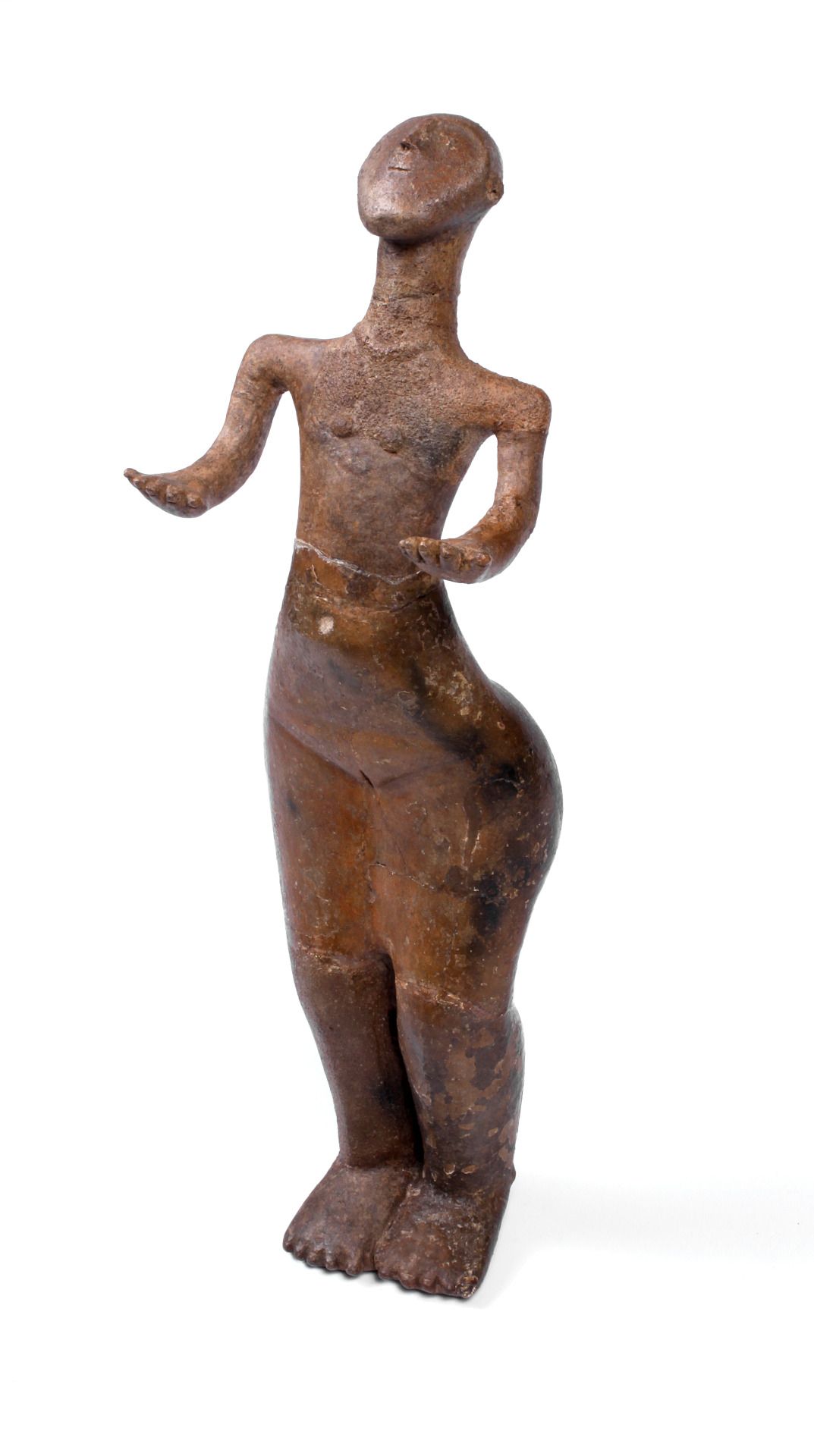
How was the Ain Ghazal female figurine created, and what does it represent? (Neolithic)
Dated to around 6500 BCE, this Neolithic statue was made from plaster over a reed armature, with bitumen added for details like eyes. It stands tall with stylized features, elongated body proportions, and abstracted facial forms. These figures, found in large groups, are thought to represent ritual or ancestor worship, fertility, or symbolic guardians of early farming communities. They reveal the transition from nomadic hunting life to settled agricultural societies with spiritual rituals.
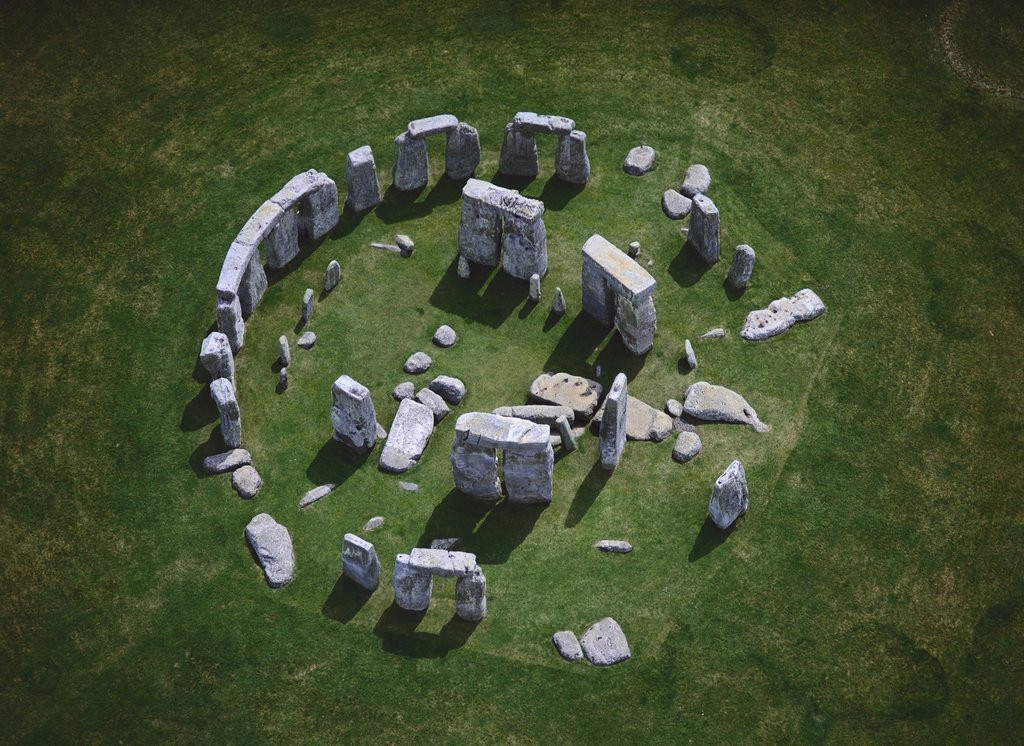
How was Stonehenge built, and what is it believed to represent? (Neolithic)
Built between c. 3000–2000 BCE during the Neolithic period, Stonehenge was created using massive sarsen stones and smaller bluestones transported from Wales. Builders used simple tools, ropes, wooden sledges, and mortise-and-tenon joints to erect the stones in a circular arrangement. Its alignment with the summer and winter solstices suggests it functioned as both a ceremonial site and an astronomical observatory, representing humans’ connection to the cosmos, agricultural cycles, and ritual gatherings.